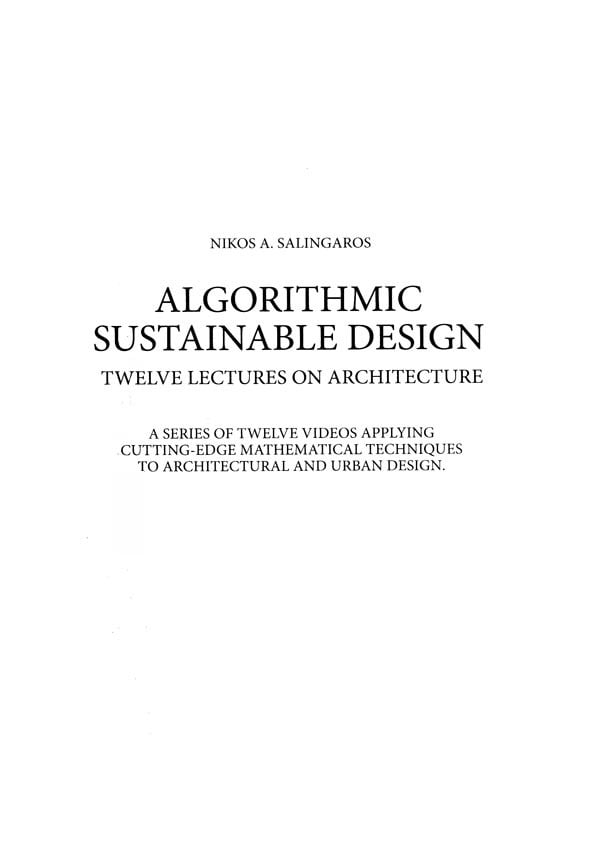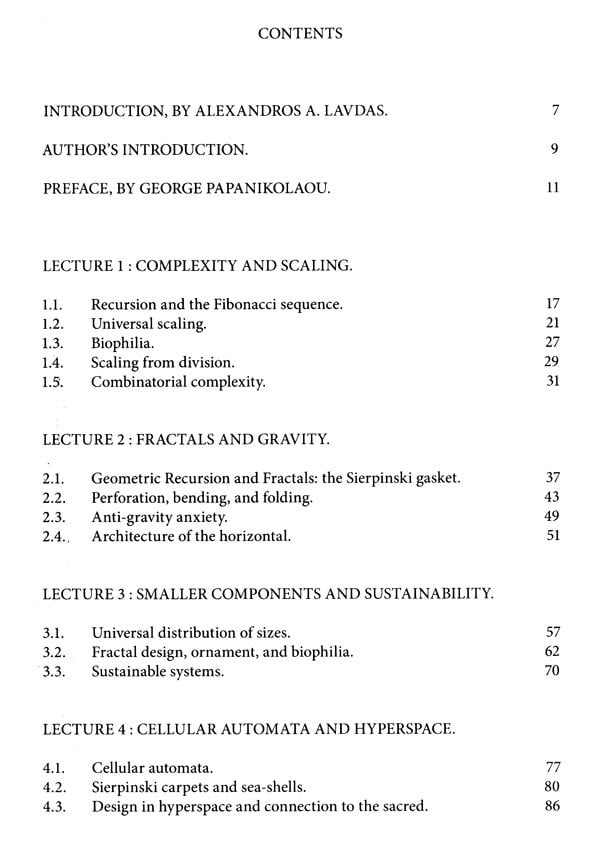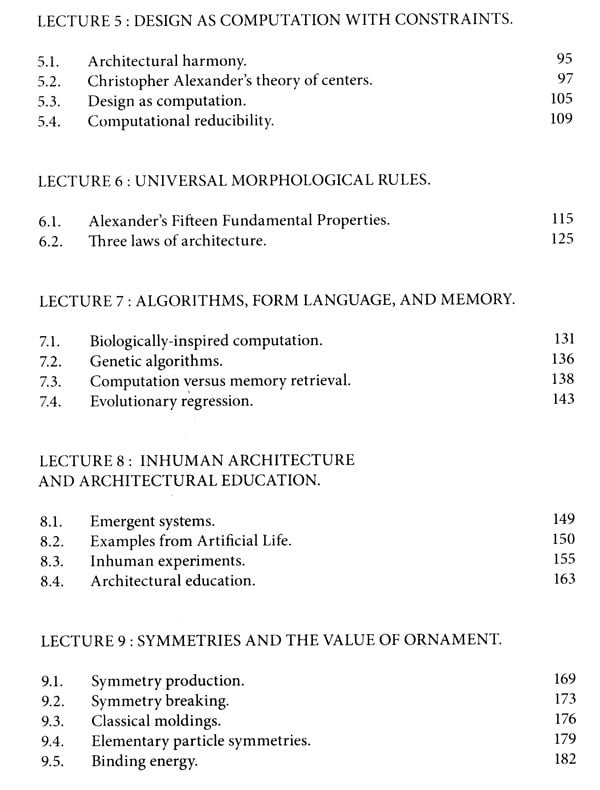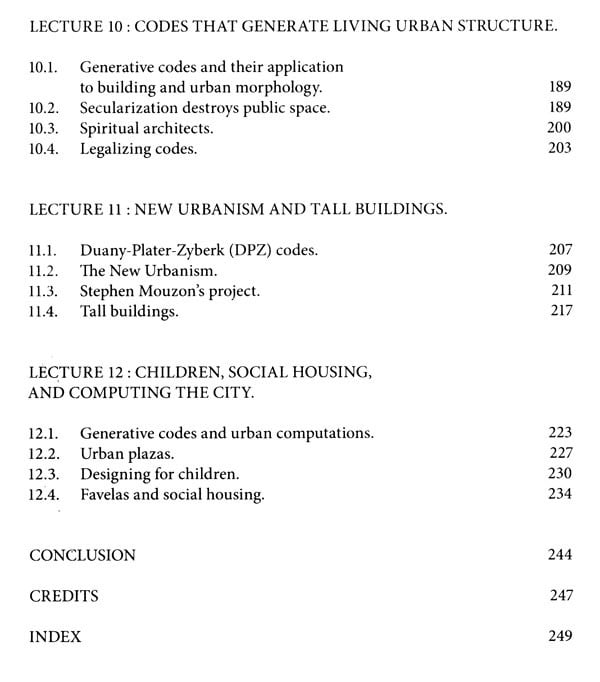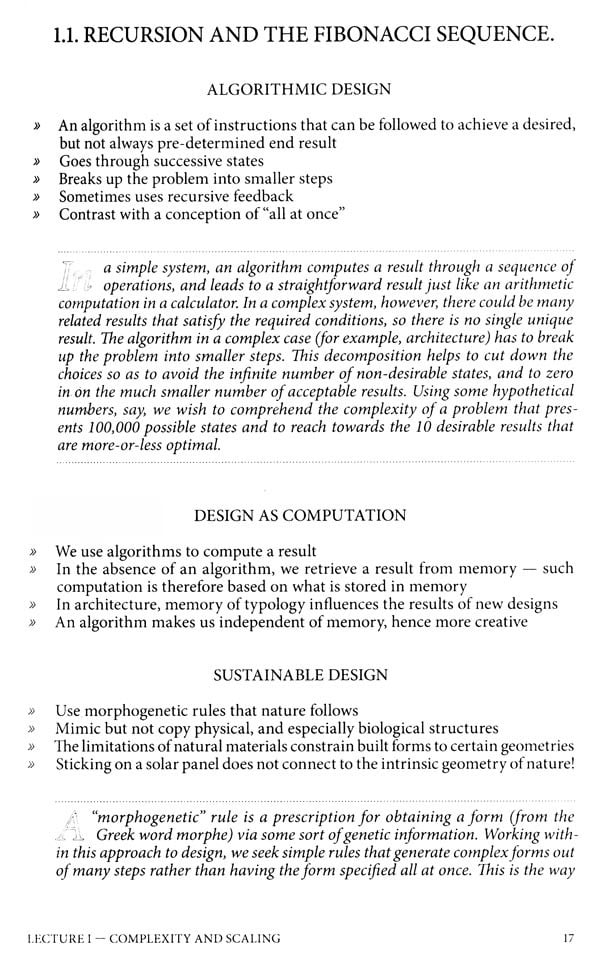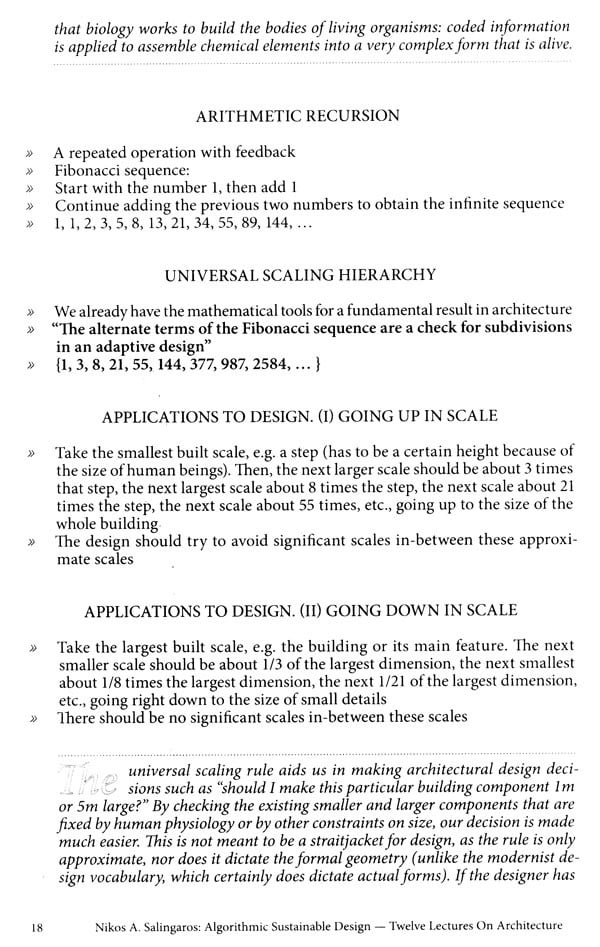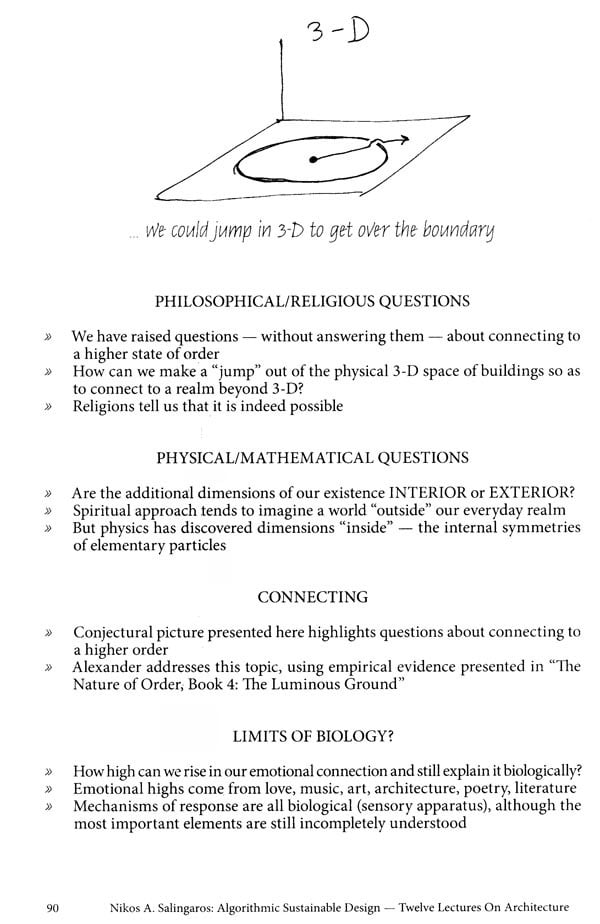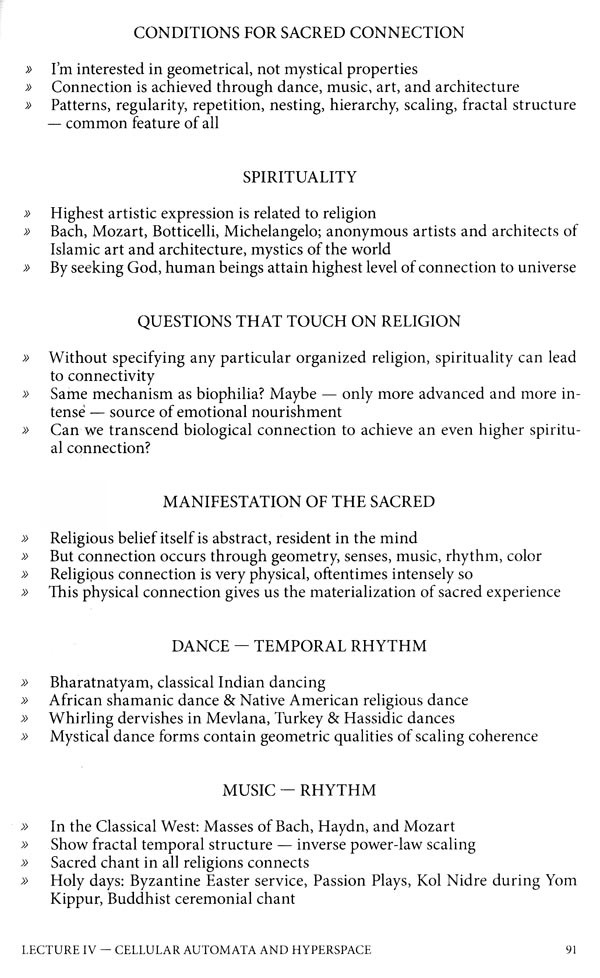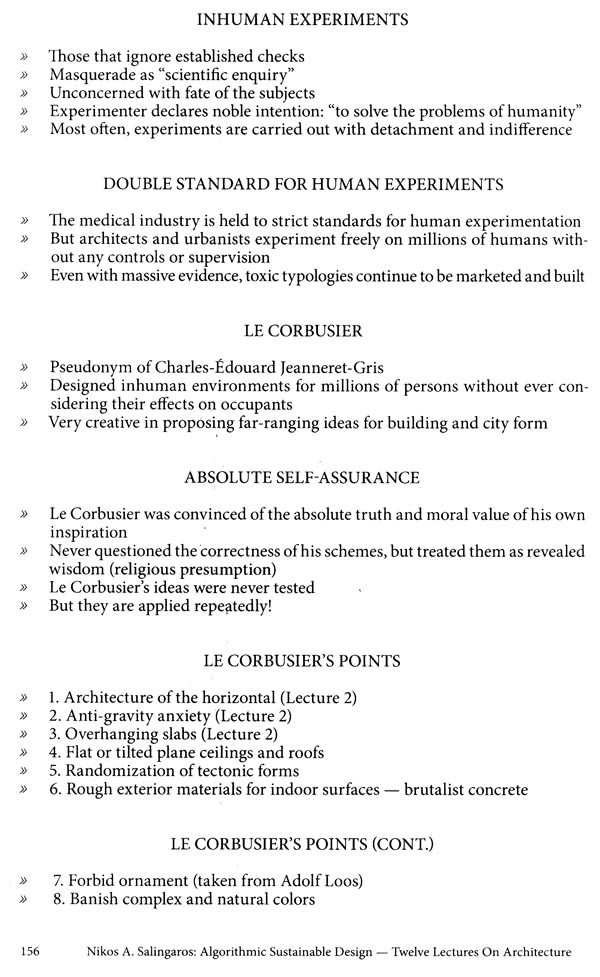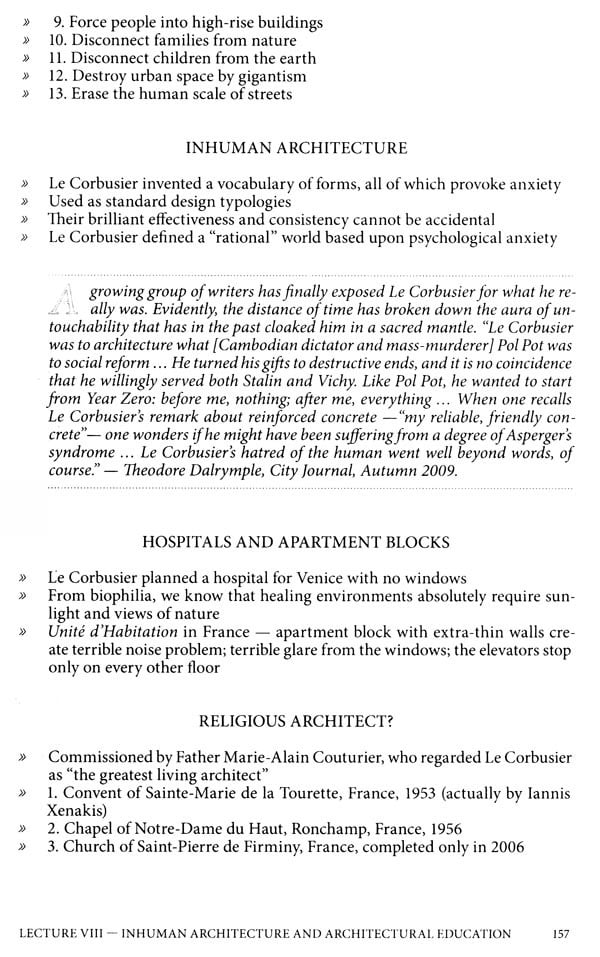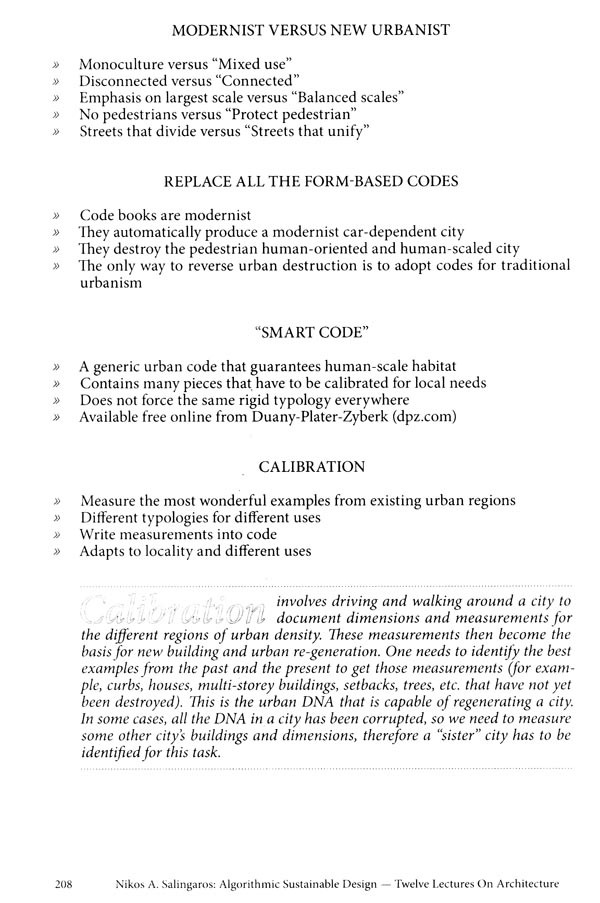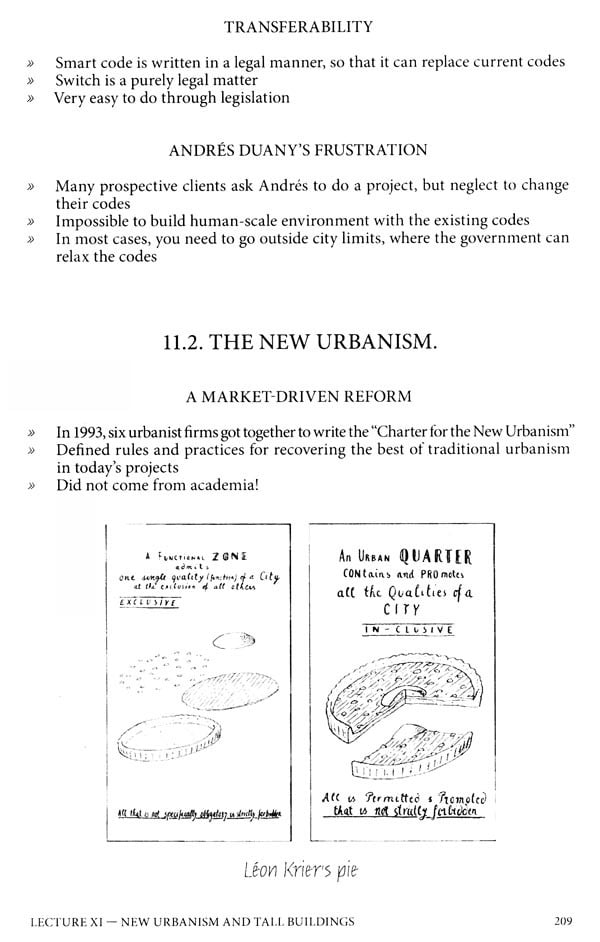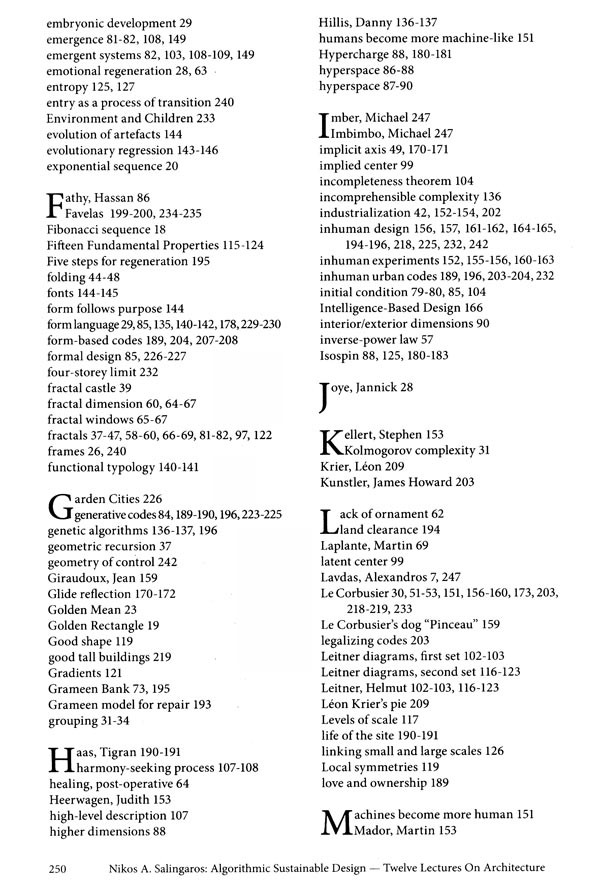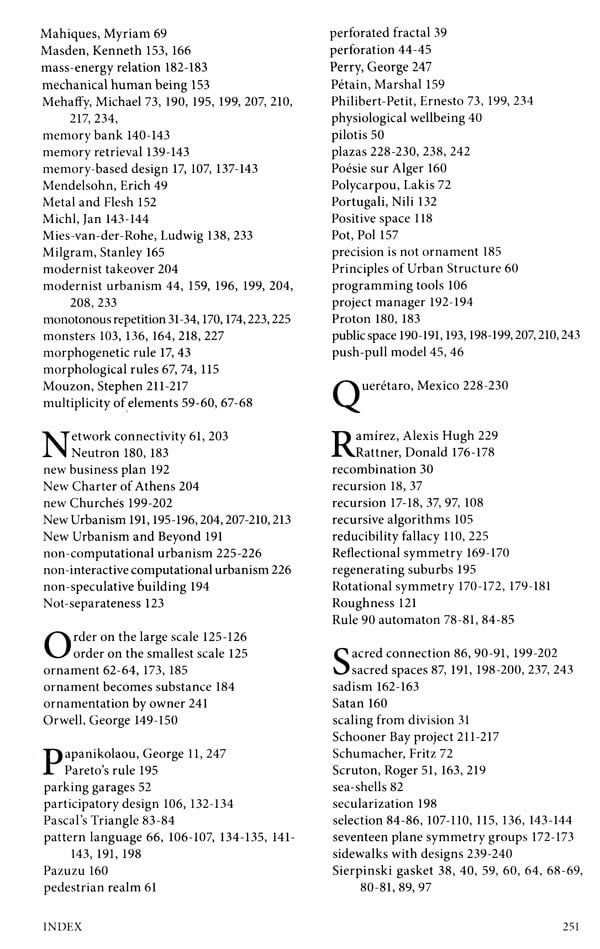
Algorithmic Sustainable Design- Twelve Lectures on Architecture
Book Specification
| Item Code: | UAO551 |
| Author: | Nikos A. Salingaros |
| Publisher: | Vajra Books, Nepal |
| Language: | English |
| Edition: | 2013 |
| ISBN: | 9789937623094 |
| Pages: | 252 |
| Cover: | PAPERBACK |
| Other Details | 9.50 X 7.00 inch |
| Weight | 390 gm |
Book Description
Before coming into contact with this book, I would have looked with special mistrust at anybody who claimed that architecture could be ranked among the sciences. Even more so, as the criterion of what constitutes a good and success ful design seemed to be lost in labyrinthine conversations among experts.
If this story sounds awfully familiar to an audience interested in architec ture, it is for a good reason. The modernist movement, and especially its decon structivist incarnation, have arisen from the same intellectual processes and have moved towards the same language-destroying targets. There is a difference, however. The atonal movement in music did not totally dominate the twentieth cento ry, although some composers persisted in following it dogmatically. The uncom fortable psychological effect of atonality was recognized not only by those who completely avoided it, but also by composers like Leonard Bernstein who would occasionally use an atonal theme precisely for this unsettling effect. Like anoth er color in his music palette.
In architecture, modernism sought to dominate architecture and ostracize all other forms of architectural expression, by pretending it was not a style, but a totally different approach. It has both succeeded and failed in that goal. It has cer tainly dominated most of the 20th century but, on the other hand, its main ide ological weapon the claim that "form follows function" regardless of the aes thetics achieved has been proven to be wrong. For modernism created its own aesthetics; Marcel Breuer's Wassily chair or Ludwig Mies van der Rohe's Barcelona chair are clearly not made in the simplest, most utilitarian manner. Some of us actually find them quite beautiful, and therein lies the ideological failure of mod ernism. Revealed to be, after all, nothing but just another style, with its good and bad moments, it automatically loses the moral high ground and with it the right to judge all non-modernist art as inferior or degenerate.
**Contents and Sample Pages**
